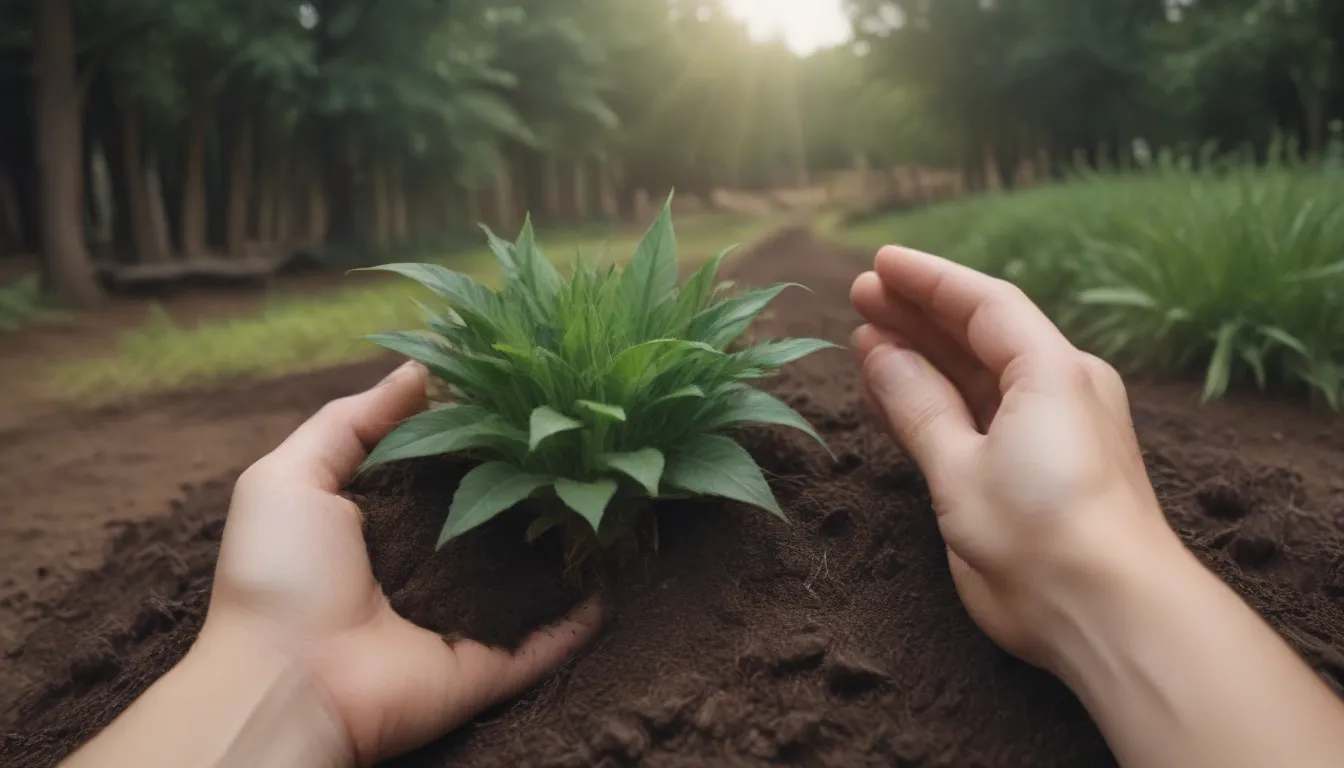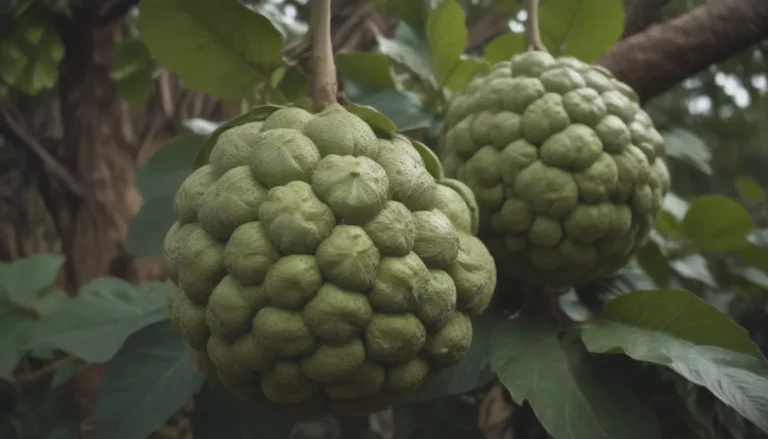Mastering Soil pH: A Complete Guide for Every Gardener

Are your plants looking a little under the weather? It could be because of your soil’s pH level. Understanding soil pH is crucial for the health and vitality of your garden. Don’t worry if you’re not a chemistry whiz— grasping the basics of soil pH is easier than you think. In this comprehensive guide, we’ll cover everything you need to know about soil pH, including its importance for plant growth, how to test your soil’s pH level, and how to adjust it if necessary.
Demystifying Soil pH: The Basics
Soil pH is simply a measure of how acidic (sour) or alkaline (sweet) your soil is. The term “pH” stands for “potential hydrogen” and indicates the concentration of hydrogen in the soil. The pH scale ranges from 0 (most acidic) to 14 (most alkaline), with 7 being considered neutral. In garden soils, acidic soils typically fall in the pH range of 4-6.5, while alkaline soils range from 7.5-9. The optimal pH for most plants is around 6.5, where nutrients are most readily available.
Why Soil pH Matters: The Key to Healthy Plants
The pH of your soil plays a crucial role in plant nutrition. Most plants obtain essential nutrients from the soil, and the availability of these nutrients is directly affected by soil pH. In slightly acidic soils, nutrients are more soluble, making them easier for plants to absorb. A balanced soil pH is essential for plants to thrive, as it ensures that the nutrients they need are readily accessible.
Maintaining the right soil pH is as important as providing organic matter and nutrients. A mismatch in soil pH can lead to nutrient deficiencies, not because the nutrients are lacking in the soil, but because the pH hinders the plant’s ability to absorb them. Different plants have varying pH preferences, with some being more particular about soil acidity. Ensuring the correct soil pH is crucial for acid-loving or alkaline-soil plants to flourish.
Additionally, soil pH influences the activity of beneficial soil microorganisms. In highly acidic soils, these microorganisms may be impaired, leading to a buildup of organic matter that sequesters nutrients and limits their availability to plants.
Factors Influencing Soil pH
Several factors can impact soil pH, including climate, rainfall, and human activities. In regions with low moisture and high temperatures, soils tend to be naturally alkaline, while areas with higher precipitation may have more acidic soils. Over-application of garden lime or the accumulation of decaying organic matter can also affect soil pH.
Contrary to popular belief, moderate amounts of pine needles used as mulch do not necessarily lower soil pH. Pine needles may slightly increase soil acidity if incorporated into the soil, rather than being used solely as mulch.
Testing Soil pH: The First Step to a Healthy Garden
Without knowing the pH of your soil, you’re flying blind when it comes to plant health. Soil testing is essential to determine where your soil falls on the pH scale. You can easily get your soil tested through your local county extension office, which can provide specific recommendations based on your soil type and intended plants. Home testing kits or pH meters are also available at garden supply stores, allowing you to monitor your soil pH regularly.
Tip: Make soil pH testing a regular part of your gardening routine to ensure optimal plant health.
Adjusting Soil pH: Balancing Act for Plant Success
If your soil pH test reveals a mismatch with your plants’ needs, it’s time to take action. Here’s how you can adjust your soil pH accordingly:
How to Raise Soil pH
- Use garden lime to raise the soil pH. Garden lime, made from finely ground limestone, is available at garden centers. Apply it carefully, as excessive lime can harm your plants. After testing your soil in the fall, apply lime as needed and incorporate it into the soil to the depth of your plants’ roots.
How to Lower Soil pH
- Lowering soil pH is simpler than raising it. Consider using amendments such as sulfur, iron sulfate, aluminum sulfate, or ammonium sulfate. These options vary in duration of effect, plant suitability, and application timing. Alternatively, you can use a fertilizer designed for acid-loving plants to feed your plants while lowering soil pH.
Remember, adjusting soil pH is a gradual process that requires monitoring and patience. Avoid drastic changes to prevent stress to your plants.
In conclusion, understanding soil pH is fundamental to successful gardening. By maintaining the optimal pH for your plants, you can ensure they receive the nutrients they need to thrive. Regular soil pH testing and proper adjustments will help you create a healthy and vibrant garden for years to come.
References:
– Soil pH and the Availability of Plant Nutrients. Nutrient Stewardship.
– Soil pH: What It Means. State University of New York, College of Environmental Science and Forestry.





